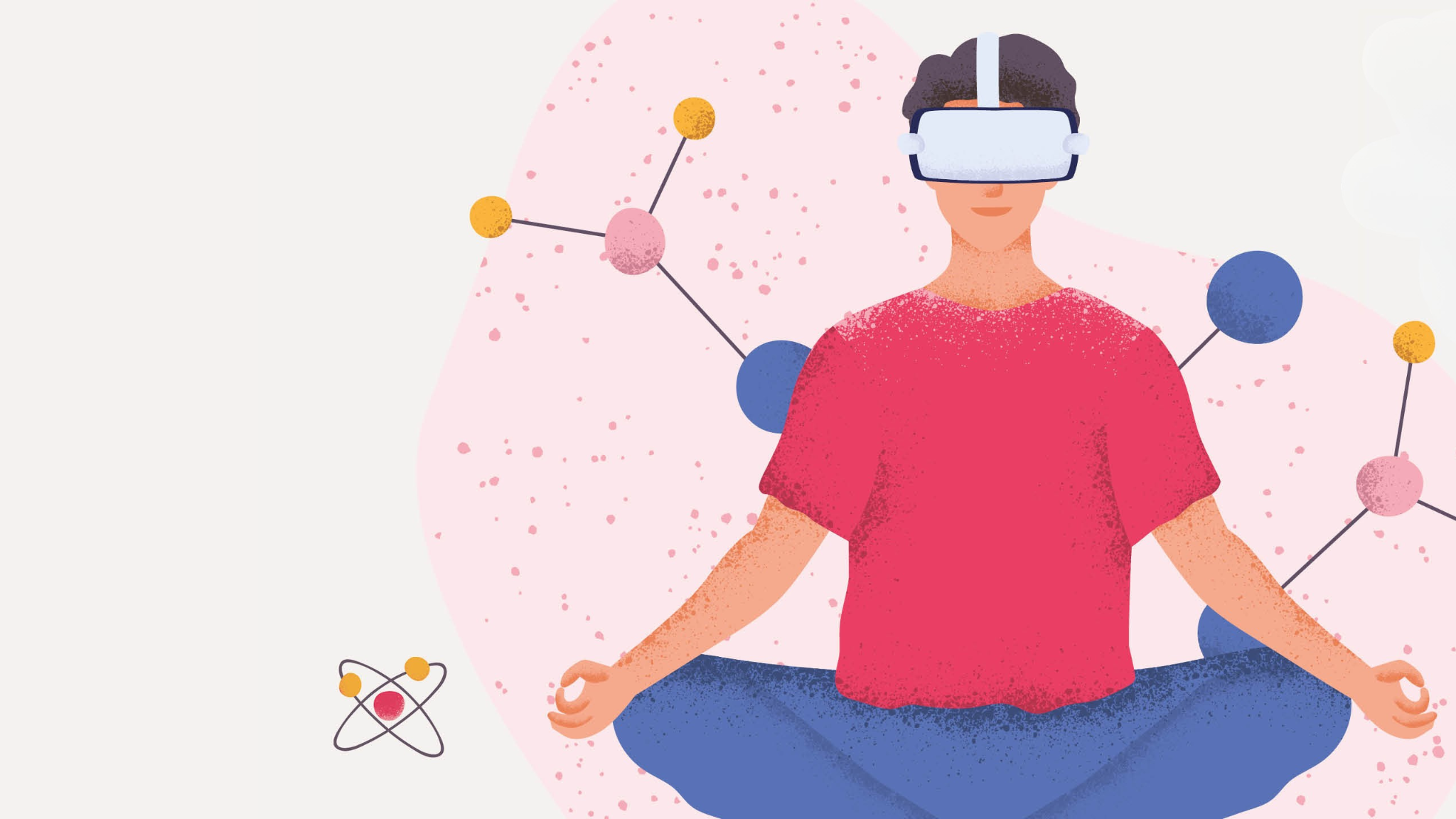Biotech
The incredible tech unlocking a new era of health and wellbeing
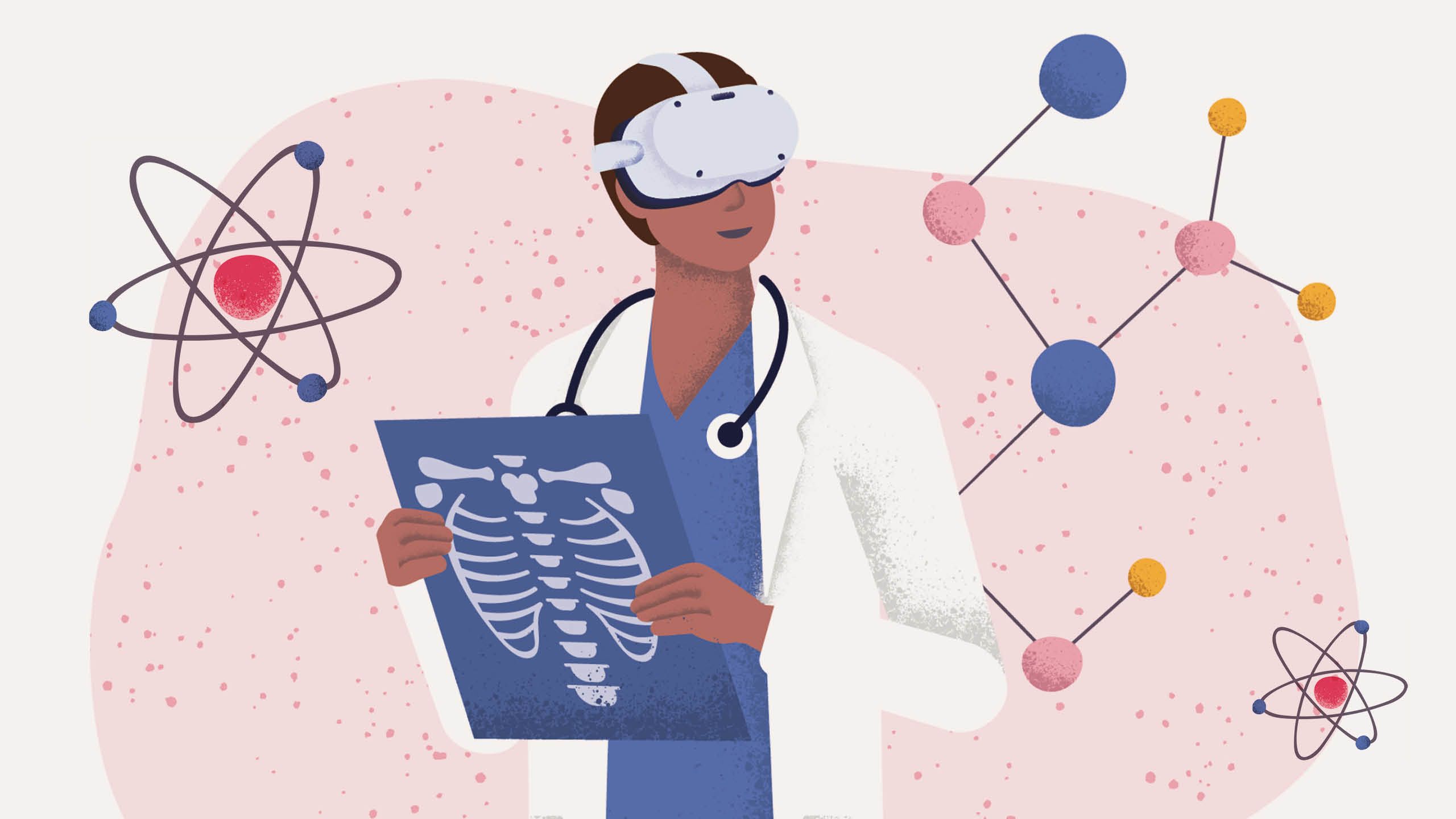
For centuries, Bath has been a city synonymous with health and wellbeing. Its famous thermal waters drew ancient Romans seeking healing, and today it is a centre of modern medical innovation. Researchers at the University of Bath are engineering technologies that will transform the future of human health.
What if your clothes could help you recover from an injury? Could we control a computer just by thinking? What if doctors could measure your brain waves to detect dementia early?
These are some of the breakthroughs happening right now in Bath. Here, we explore seven incredible ways technology is augmenting the human body – blurring the line between biology and innovation to unlock a new era of wellbeing.
New AI software speeds up diagnosis
If you've ever been to see the GP, you likely know the familiar squeeze of a blood pressure cuff; the doctor keeping a beady eye on the numbers as you wonder if the cuff can get any tighter.
This routine and simple test can help identify hypertension – or as it’s more typically known, high blood pressure – a common condition which occurs when the pressure in the blood vessels is unusually high.
Pulmonary hypertension (PH), however, is a rarer and lesser-known disease that can be much more challenging to identify. With PH, the blood vessels supplying the lungs experience high pressure, which can strain and damage the right side of the heart.
Without a similarly accessible tool on hand, many patients aren’t diagnosed until years later when the disease has already progressed, resulting in poor patient outcomes.
But Bath spin-out company, IngeniumAI, is aiming to supply that missing tool.
IngeniumAI was co-founded by Dr Andrew Cookson from our Department of Mechanical Engineering, Dr Jeff Clark, a former postdoctoral researcher at Bath, and Professor Jay Suntharalingam, a consultant respiratory physician at the Royal United Hospital Bath.
Their invention uses advanced machine learning and associated technology to analyse chest CT scans for signs of PH. The software operates seamlessly in the background, analysing scans and integrating effortlessly into existing clinical workflows.
"The software doesn’t replace the need for the definitive test," explains Andrew, "but it ensures patients are on the right path far sooner. In some cases, diagnosis could drop from two years to just a few weeks."
The company began a £300,000 Innovate UK-funded project in 2023, with plans to trial the software in real clinical settings. The long-term goal is to expand the technology to other conditions.
This latest project adds to the already thriving collaboration between the University and the RUH, with 12 joint projects currently in the works including the development of AI-assisted blood clot detection.
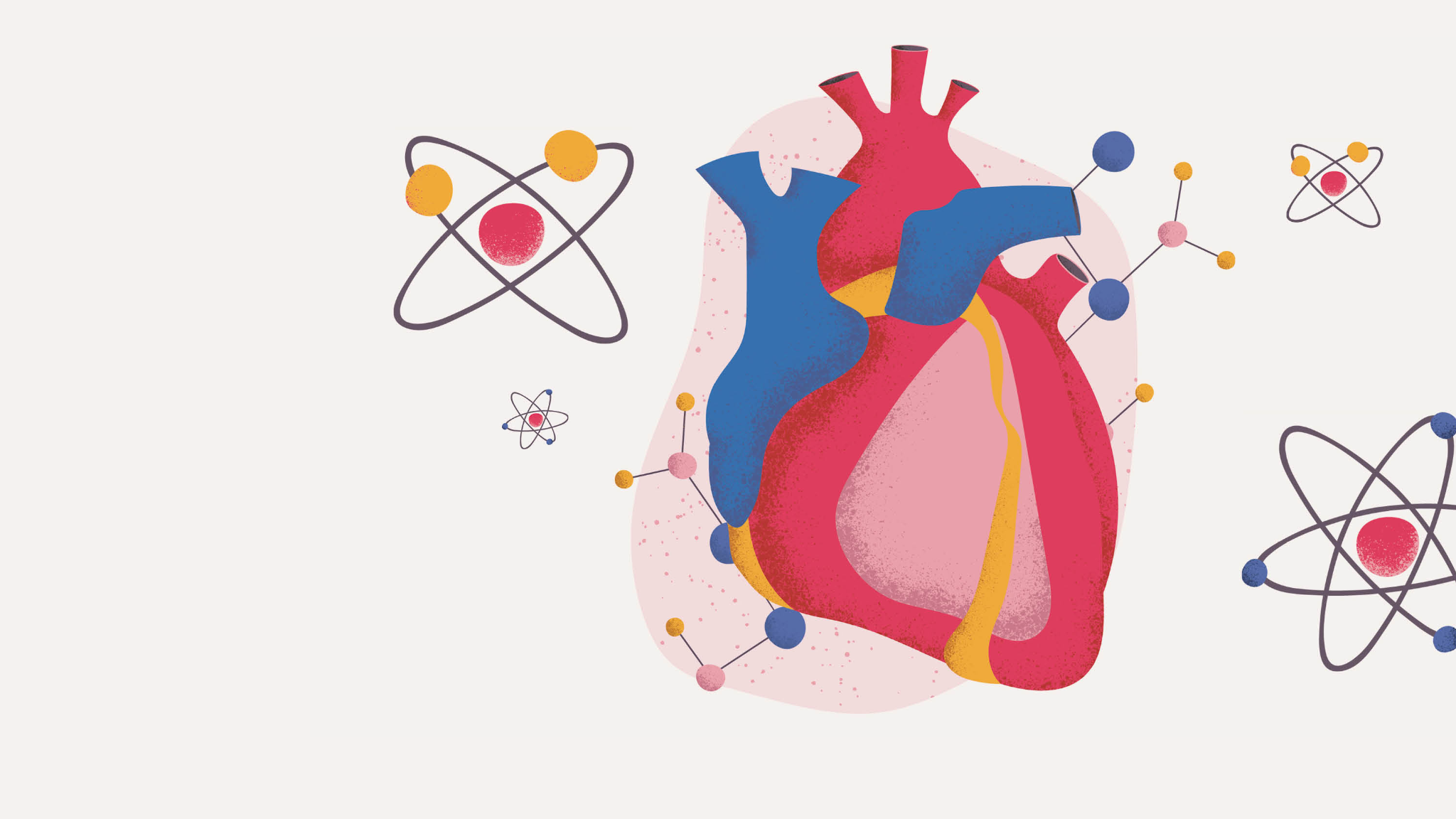
Exergaming: turning exercise pain into pleasure
Can playing video games improve your fitness? Bath research has shown that exergaming – where gameplay requires physical movement – offers real health benefits, from boosting cardiovascular fitness and mental wellbeing to managing Type 1 diabetes.
The challenge, however, is keeping players motivated long-term. Many start strong but drop out when the novelty wears off or the difficulty ramps up. So how can exergaming developers strike the right balance between fun and fitness, without players hitting pause?
“Who is your best opponent – that is, the person who will push you for just the right amount of time and to just the right degree? You are!” says Dr Christof Lutteroth from the REVEAL centre. He was part of the team that discovered static bike users get fit twice as fast when they race against versions of themselves rather than pedalling alone or against strangers.
They developed a game called Race Yourselves! Available on the Meta Quest Store, it works with any VR headset and static bike, and pits racers against ‘ghost’ versions of themselves. “When you race against versions of yourself from yesterday, last week, last month or last year, you have a realistic chance of winning,” he continues, “which inspires you to try harder and helps you avoid the stigma of losing.”
Race Yourselves! uses sensors in the VR headset and AI to gauge pedalling speed and allow players to avoid obstacles and collect rewards using their head movements. The team is now developing a game platform to enable racers to challenge others remotely and plans to add a virtual coach.
“Through a wrist band, the AI will figure out in real-time how a person is feeling – overwhelmed and frustrated or motivated and ready for more,” Christof adds. “The coach will then adjust the game to keep the exercise session fun and motivating.”
The rewards of exercise are well documented, but did you know it can also reduce cancer risk and support treatment? Dr John Campbell from our Department for Health says one of the largest studies to date showed physical activity reduced the risk of up to 13 different cancer types, including lung and breast cancer.
“Your immune system responds instantly to exercise. For example, running up the stairs, the immune cell count in your blood increases,” he explains. “After exercise, these cells look for damaged tissues around the body to repair and we think that’s involved in the anti-cancer response to exercise. Your muscles also release proteins and there’s evidence that these can give us a younger-looking immune system to help us fight cancer better.”
So, whether you’re levelling up in a virtual world or breaking a sweat in a park run, the science is clear: exercise is a win for your health.
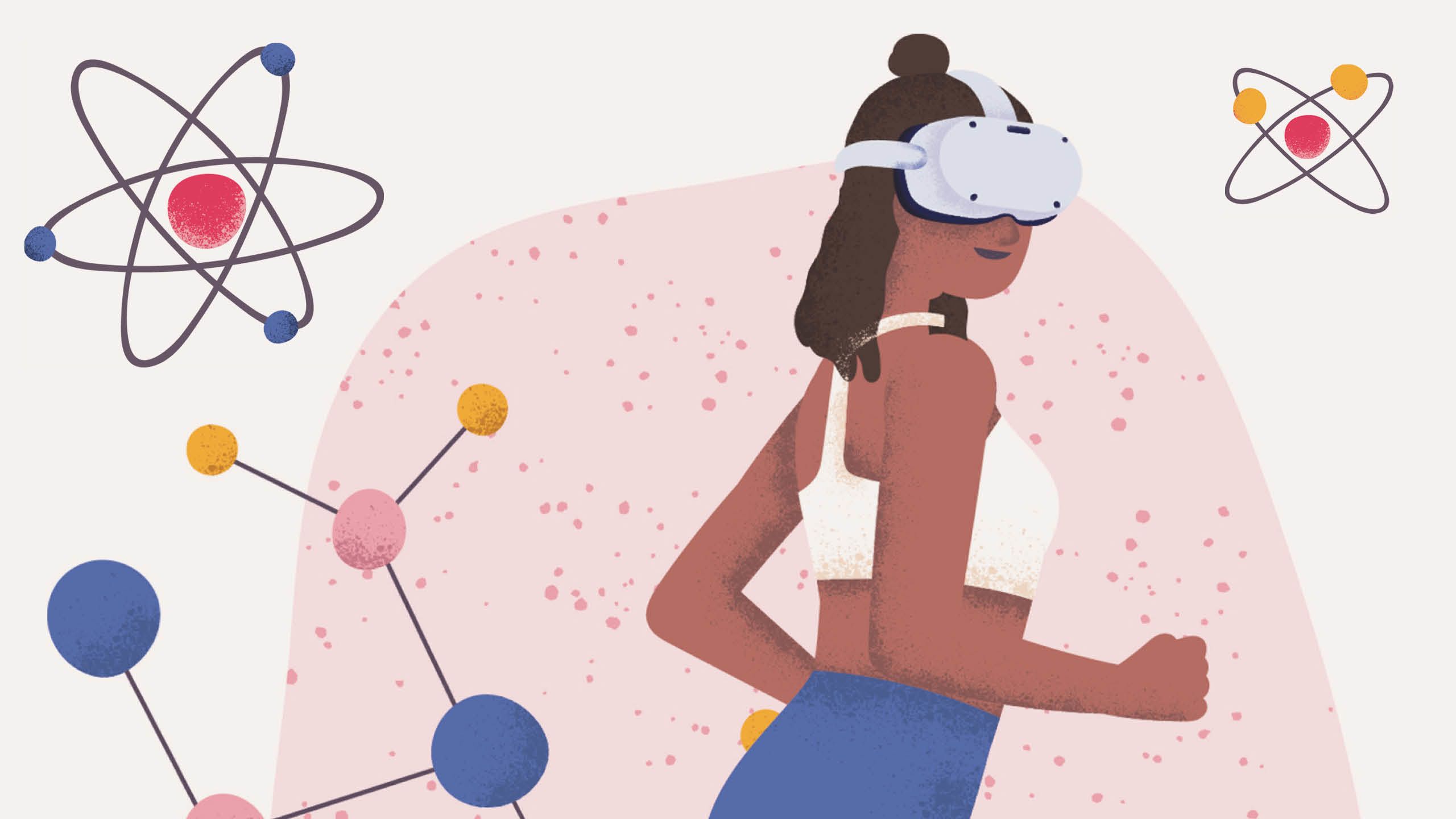
Dementia detection goes digital
“Dementia is currently diagnosed too late,” explains Dr George Stothart, a cognitive neuroscientist based in the University’s Department of Psychology, “typically up to 20 years after the disease has first begun.”
Dementia is one of the most heartbreaking illnesses to watch take hold of a loved one, with a late diagnosis having particularly devastating consequences as the disease has often damaged the brain beyond repair.
But the invention of an advanced new test, known as Fastball, can potentially reduce the time to diagnosis and improve patient prognosis as a result.
Developed by a team at Bath alongside researchers at the University of Bristol, Fastball is a non-invasive test which measures patients’ brain waves while they watch a series of flashing images on a screen. The technology requires users to wear an electroencephalogram (EEG) headset, which is linked to a computer for analysis.
“Quicker, more accurate ways to diagnose dementia are greatly needed so that patients can get treatments earlier and families can plan better for the future,” says George.
The project has been awarded £1.5 million from the National Institute for Health and Care Research to embed Fastball in an NHS memory clinic.
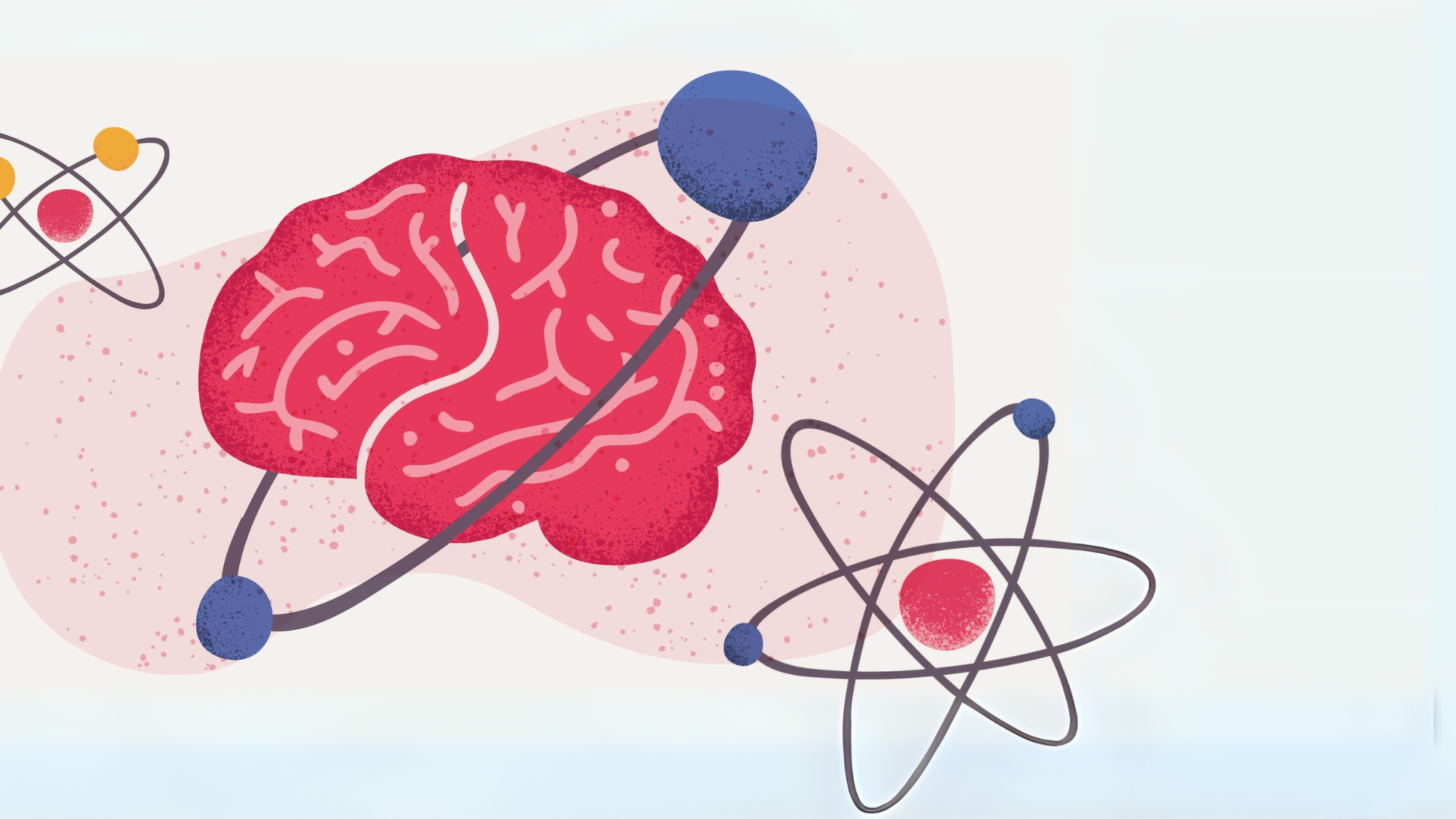
Medical training in the virtual world
Slurred speech, confusion, fever... could you spot the signs of sepsis?
Responsible for around 48,000 deaths in the UK each year, sepsis occurs when the immune system attacks our organs and tissues instead of fighting an infection. But with symptoms often mimicking those of other illnesses, it can be a challenging condition to identify, even for medical professionals.
This is why the University is supporting Great Western Hospitals NHS Foundation Trust in assessing an innovative new approach to improving sepsis detection: virtual reality (VR).
As part of a pilot study, medical students on clinical placement participated in a VR sepsis simulation – software and hardware provided by Gogglemind Ltd – in which they were asked to interview a VR patient and manage the clinical scenario.
“The study showed the potential that VR has in providing a safe, realistic and hands-on training experience,” explains Dr Chris Jacobs, a GP and honorary research fellow in the Department of Psychology. “Participants found that the virtual scenario immersed them in a clinical setting and gave optimum cognitive load for learning.”
“This tool has particular value when training to identify a condition such as sepsis because it can be challenging to diagnose,” he continues. “VR allows the trainee to explore all the investigations you would normally do when assessing a patient: use a thermometer, listen to the chest, order and view a chest X-ray and more.”
Chris and Professor Richard Joiner have also been assessing the use of conversational artificial intelligence (AI), developed by SimFlow.AI, to expand the potential of simulated training further.
“AI is allowing students to practice talking to a simulated patient with realistic conversation,” says Chris. “This is a game-changer for improving communication skills in difficult scenarios, such as diagnosing sepsis.”
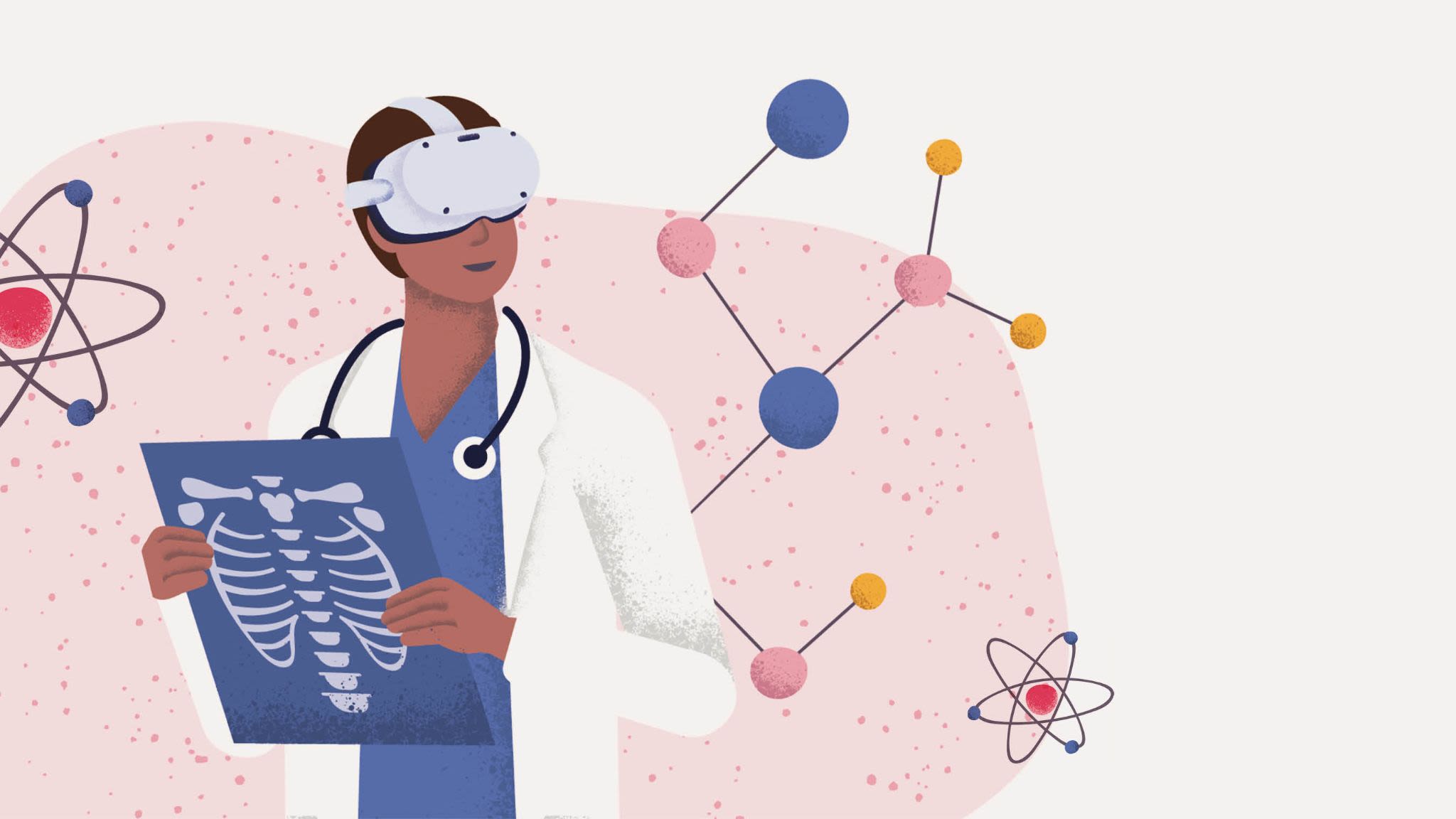
The future of communication
Imagine sending a message without saying or typing a single word, using a tiny movement inside your ear.
EarSwitch is an earbud-like device that detects the movements of a small muscle called the tensor tympani. By tensing this inner ear muscle, users can control a computer or assistive technology such as an on-screen keyboard. Commercially, this could enable people to change the music on their headphones or give them an edge when gaming. Medically, however, it could provide a lifeline of communication.
The creators believe that the tensor tympani is a muscle that drives your hearing, focusing your eardrums on the sound you’re trying to listen to; literally ‘straining to hear’. Some people can control this muscle voluntarily. Try it out: tense your inner ear and you may hear a dull rumbling sound. That’s the muscle working.
It’s believed this ability is preserved until the later stages of degenerative conditions such as motor neuron disease, meaning EarSwitch could become a life-changing assistive device. What’s more, it could also be a means of controlling an upper-limb exoskeleton or prosthesis.
It’s the invention of Dr Nick Gompertz, a former GP who partnered with Bath experts from computer science, electronic engineering and health to develop the technology.
“Nick approached us several years ago with this idea that no one had taken seriously, but we did,” says Dr Benjamin Metcalfe, Head of the Department of Electronic and Electrical Engineering. “We’re now coming towards the end of a £1.5-million product development award from the National Institute for Health and Care Research (NIHR).
“We’re almost at market with a product that will, for the first time, enable and unlock communication for people with neurodegenerative diseases and locked-in syndrome,” he continues. “We’ll be enabling them to communicate with their family and caregivers at a stage of their life where they otherwise may not be able to.”
Benjamin is also the co-founder of our Institute for the Augmented Human, where he lends his expertise in biomedical engineering to develop healthcare technologies and neural interfaces for human rehabilitation and augmentation. Alongside his work on EarSwitch, he’s designed implantable devices for restoring bladder control after spinal cord injury, prosthetic limbs and vagus nerve interfaces for treating epilepsy.
He was the first in his family to go to university thanks to alumni-funded scholarships to support him through his undergraduate and postgraduate degrees. “Without those gifts, I simply would have been unable to come to university and study engineering. It’s unlocked my career ever since and enabled me to do high-impact research. Developing technology like EarSwitch is truly transformative and rewarding.”
Nick adds: “Without the University and the support from SETsquared, I’m not sure that EarSwitch would ever have taken off. They believed in it and helped us get the first three grants from NIHR. Ben has been instrumental and supported us throughout; always a trusted colleague, advisor and now friend.”
Nick and researchers from the University of Bath reflect on the journey of EarSwitch
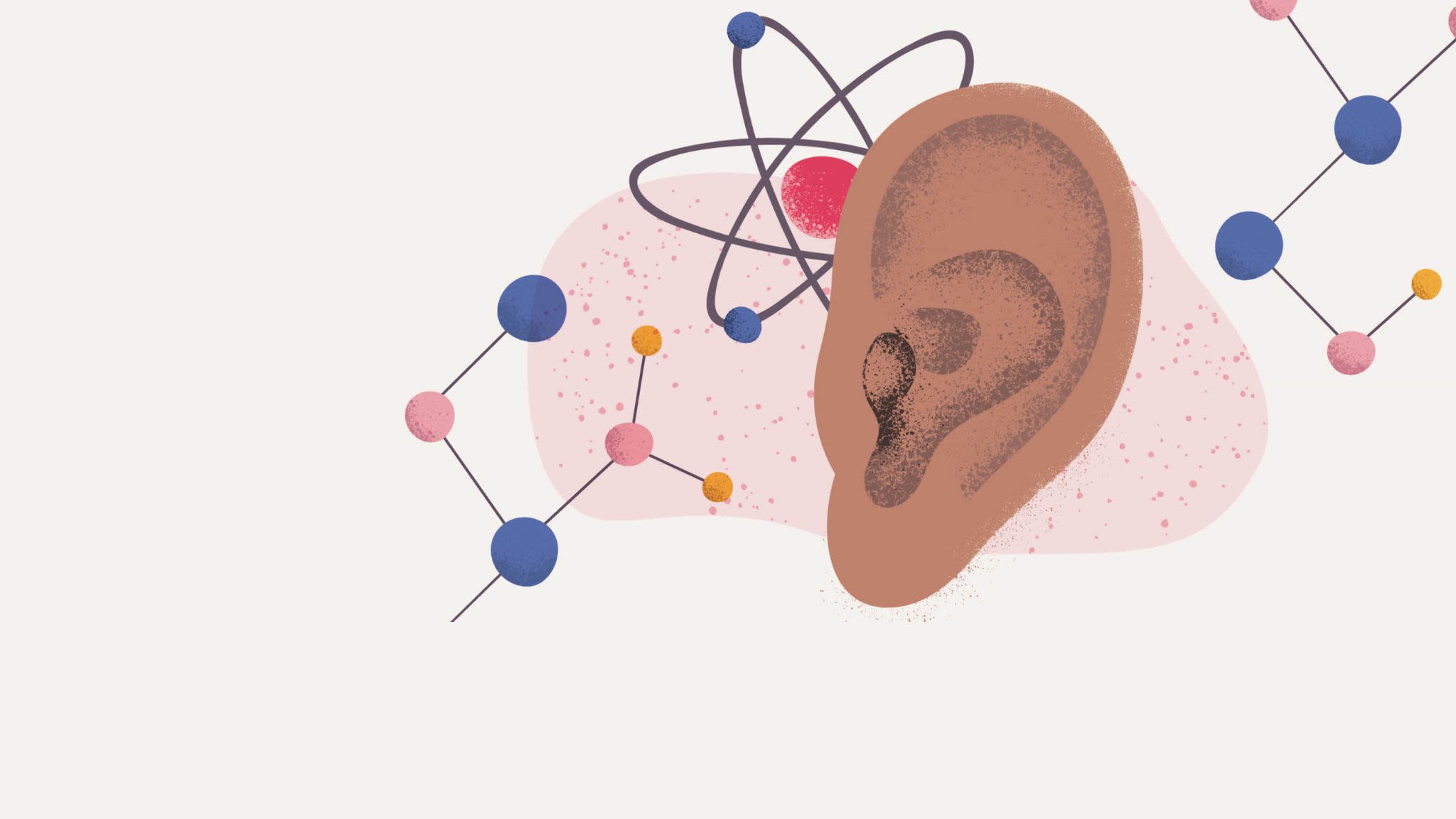
Clever clothing for improved injury rehabilitation
The last decade has seen wearable technology, including smart watches, rings and straps, boom in both popularity and precision. With the ability to track our fitness and monitor our health with ease, these devices help users understand their bodies better and improve their lifestyles as a result. But while you may be among the many using these devices to track and share their latest 5K effort with the world, they have their limitations – particularly in medical settings where accuracy is paramount.
Introducing SeamSleeve: the new digital clothing concept able to capture and record body movements with greater detail than ever before. Developed by the universities of Bath and Bristol, SeamSleeve works by passing harmless, low-voltage currents through conductive threads which are stitched into garment seams to create electrical circuits. Their resistance changes with the movement of the wearer's body, tracking measurements and using machine learning to process these intelligently.
This technology can also enhance exercise, physiotherapy and rehabilitation in ways beyond providing medical professionals with more accurate information: “Doing physiotherapy exercises correctly to recover from injuries is crucial, but it's difficult to know if you're doing them properly alone,” explains Dr Adwait Sharma from the Department of Computer Science. “SeamSleeve helps address this challenge by enabling physiotherapists to monitor your progress remotely.”
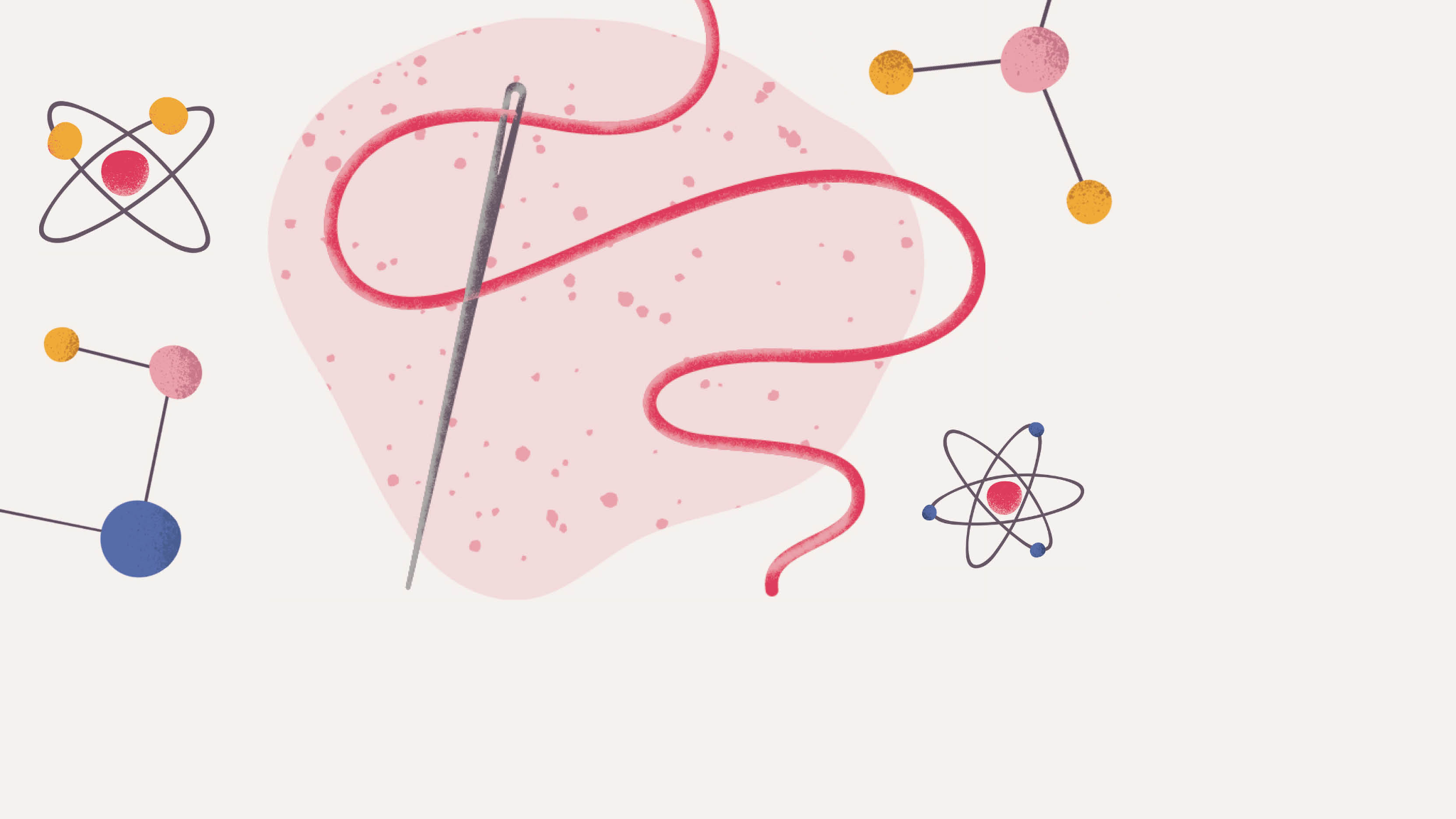
Mind control meets medicine
Until recently, the idea of controlling something with the power of your mind alone was a phenomenon reserved for fiction – the fantastical side of the superhero and children’s stories we love the most.
Now, researchers at Bath are bringing this idea into the mainstream, having developed a brain-computer interface (BCI) that enables people to interact with technology and, potentially, communicate without moving.
This has a wide range of applications with the potential to vastly improve quality of life for its users, including paralysed individuals and stroke survivors. It also provides clinicians with a better understanding of consciousness and awareness of patients who have suffered severe brain injuries.
“There’s a lot of evidence to suggest that people with brain injuries may be diagnosed as having unresponsive wakefulness syndrome, or what used to be known as vegetative state, even though they have levels of consciousness that are just not detectable by standard means,” explains Professor Damien Coyle, Director at the Bath Institute of the Augmented Human. “We ask users to imagine movements while wearing a headset, and we can then read the signals to detect the level of consciousness, which current clinical tests can’t do.”
This impressive technology also enabled spinal-injury athlete Owen Collumb, alongside winning team NeuroCONCISE, to claim victory at the 2024 global CYBATHLON Challenge: an international competition where cybathletes race against each other using their brainwaves.
“These competitions drive innovation in the field of assisted technology,” says Damien. “It's one thing writing a paper or doing something in the lab, but when you have to compete in front of an audience of 2,000 people, the tech must be reliable. This ultimately translates to improved care for patients in the long run.”
